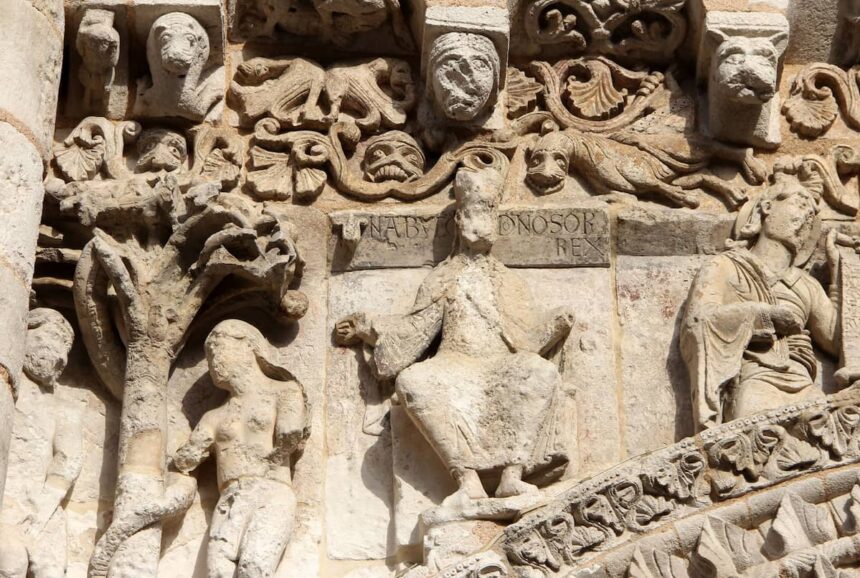Nebuchadnezzar II: Facts About the Legendary Babylonian King
The name Nebuchadnezzar II is well-known due to its association with the Biblical exile of the Jewish people and Giuseppe Verdi's opera Nabucco. However, the historical reality of his 43-year reign (605–562 BCE) is far less understood.


